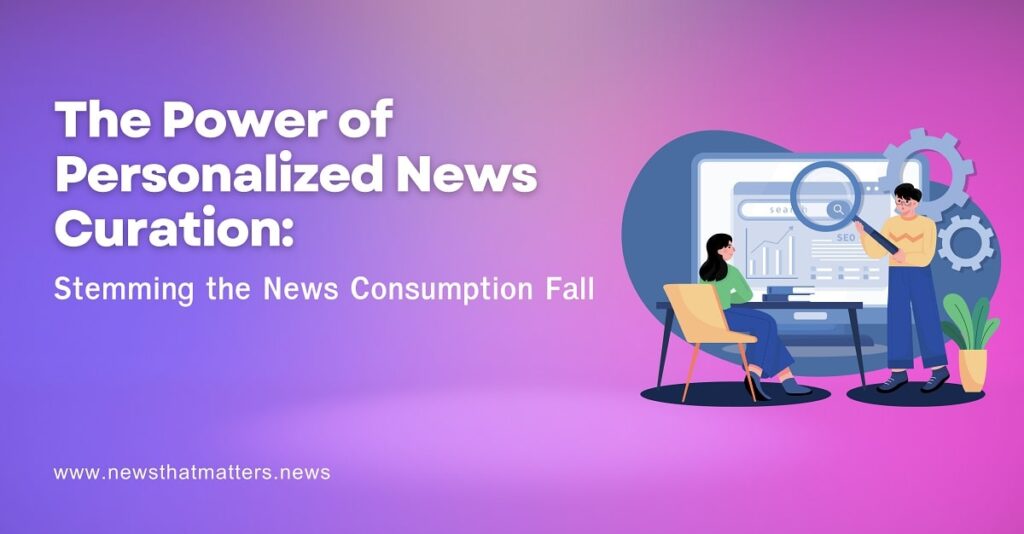You talk cat. You type cat. You search cat. For a few days, everything in your digital world becomes feline. Your news feed, social media suggestions, and even your online ads suddenly start meowing back at you. The reason? Your neighbour’s cat was unwell, and for a week, every conversation you had was around it. You searched a few symptoms, clicked a few links, and that was enough for the algorithms to declare you a cat lover.
But here’s the twist—your interest waned after a week. The cat recovered. You moved on. Yet the internet didn’t. For another 4–5 weeks, your feeds remained cluttered with cat videos, vet ads, and pet health tips. Worse, if you happened to click on just one more of those posts—maybe by accident—the algorithm reset its timeline and extended your “cat lover phase” for another month. Your curiosity changed, but your feed didn’t.
This is not just a story about cats. It’s the reality of how content delivery engines mistake fleeting interest for enduring preference. And in doing so, they build a tunnel of content around you, narrowing your exposure to new perspectives, relevant developments, or even your own evolving curiosity.
What You Searched ≠ What You Prefer
What engines push to you as “your preferences” are rarely that. They’re merely the words you searched for in the recent past. But human preferences are more nuanced, more fluid. They are shaped by mood, context, conversations, recent experiences, and shifting worldviews. What captivated you yesterday may bore you today—and what you need to know now may have nothing to do with what you searched for last week.
The tragedy of modern news consumption is that it’s caught in this loop. Personalization has come to mean repetition. Algorithms are designed to reinforce what they think you like, not what you actually need or want to explore. The result? A massive drop in interest, trust, and even motivation to engage with news platforms.
The Need for True Personalization
The future of content—and particularly news—lies in deeper, truer personalization. This means curating information not based solely on past clicks or keywords, but on evolving interests, self-identified areas of knowledge, and conscious exploration.
Our needs are eclectic. Today you may want to understand the global economy, tomorrow you may be researching sustainable farming, and next week it might be mental health in teenagers. But mainstream algorithms can’t keep up with that complexity. They’re simply not designed to.
That’s where the need for human-led, context-aware, and interest-responsive curation emerges. News should match not just what you clicked, but what you care about—now.
Enter NTM: News That Matters
NTM (News That Matters) is built to break this loop. Instead of feeding you what a machine assumes you want to see, it empowers you to stay knowledgeable about what you want to know. It’s not a mindless feed—it’s a mindful assistant.
NTM lets you choose your own keywords and curate news around them. It doesn’t track your last 10 clicks to assume your next 100. It updates in near real-time, across 4000+ Indian news sources, with intelligent filtering—but you decide what matters.
And here’s the magic—it evolves when you do. You’re not boxed in by your yesterday. You’re not stalked by your temporary curiosity. You’re respected for your evolving mind.
Enter The Age of Knowing by Choice
We’re in an age where information is abundant, but wisdom is scarce. The fall in news consumption isn’t just about attention spans—it’s about relevance. People have stopped reading not because they’ve stopped caring, but because what they’re shown often doesn’t care about them.
The solution isn’t louder headlines. It’s smarter curation. It’s news that changes when you do. It’s News That Matters.
Because the future isn’t algorithmic—it’s aware.

